Cast iron is widely used in industry, largely due to its low price and good casting properties. It is also considered to be one of the more difficult alloys to weld. What are its features, what is the proper welding method, and which welding machine should you choose when working with cast iron?
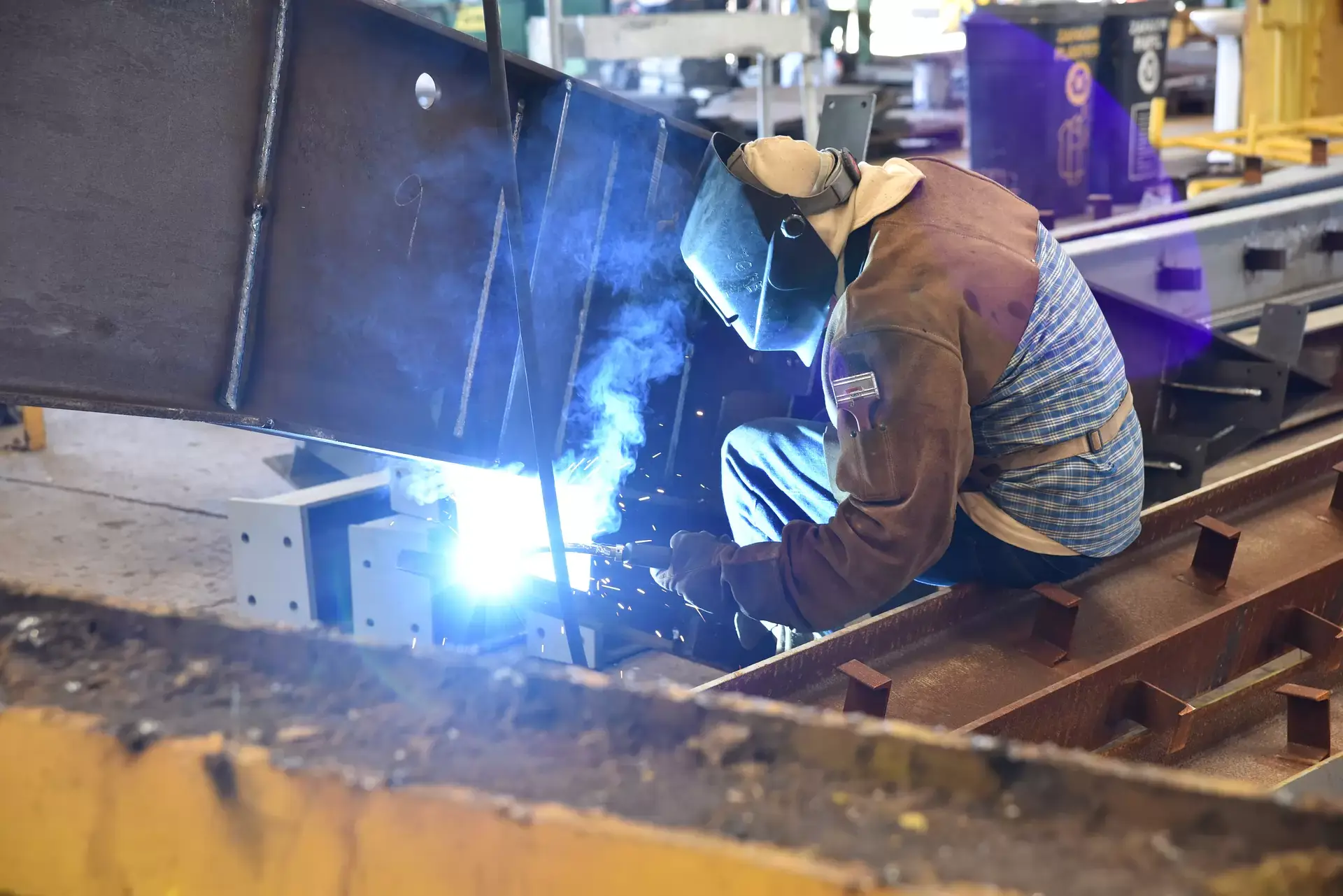
Cast iron is widely used in industry, largely due to its low price and good casting properties. It is also considered to be one of the more difficult alloys to weld. What are its features, what is the proper welding method, and which welding machine should you choose when working with cast iron?
Can all cast iron be welded?
Cast iron is one of the oldest alloys known to mankind. It was used by the Chines in as early as 500 BC.
Cast iron is an alloy of iron and carbon, with carbon accounting for 2.11 to 6.67 percent of its composition. It is widely recognised as one of the best materials for smelting, due to the low level of shrinkage and high fluidity.
Its high carbon content makes cast iron a hard but brittle alloy. These properties, as well as its silicon, sulfur and phosphorus content, make it a tricky material to weld.
Which types of cast iron are suitable for welding? It can be divided into several main types:
- white cast iron – an alloy with carbon bound in cementite, used, among others, in the production of brake pads and piston rings; its difficult to process due to the fact that its hard, but brittle;
- grey cast iron – this alloy contains carbon in the form of graphite; it is used in the production of, among others, bath tubs, basins and machine parts, such as pistons and cylinders; it is higher quality than white cast iron and is more ductile, shows lower shrinkage and is easier to process;
- mottled cast iron – contains both carbon in the form of cementite and graphite; as the name suggests, it has properties that are between white and grey cast iron;
- alloy cast iron – contains alloying additives, e.g. silicon, nickel, chromium, molybdenum, aluminium.
Grey cast iron is the only one of the above alloys that is suitable for welding. White cast iron is widely considered as not suitable for welding.
How can you check what type of cast iron you are dealing with and whether or not it is suitable for welding? When you rub grey cast iron, it should leave a greasy trace of graphite on your fingers. You can also use an angle grinder – bright sparks indicate that the element is made of white cast iron, while orange sparks indicate that it is grey cast iron.
How should you prepare for welding cast iron?
Regardless of your choice of welding method, before starting work you should make sure that the surface of the given element is properly prepared, otherwise you risk creating weld defects in the form of bubbles or inclusions.
Grease and oil must be removed from the cast iron, which can be done by using an appropriate solvent or with steam cleaning. Other effective methods of surface preparation include sandblasting and the use of steel shot blasting (rotary or pneumatic cleaning).
Hot welding of cast iron
Such welding is usually necessary when a cast iron element needs to be repaired. Joining cast iron with other metals by welding is not very common, among other reasons due to the fragility previously mentioned.
Welding of cast iron can be distinguished by two methods: hot and cold. What are the specifics of each process?
Welding hot cast iron is time consuming. However, it is usually the first choice to get the best effects and in the case of cast iron that, after repair, should return to its original shape as quickly as possible. Hot welding of cast iron produces a weld of the same colour as the rest of the alloy.
Before you start work, remove all the parts that could get damaged or destroyed during heating, such as gaskets, screws, covers, plugs and so on. Then proceed to heat the cast iron element to the right temperature.
Cast iron should be heated to approx. 700 degrees Celsius. Most often, a gas or charcoal-fired stove is used for this purpose. An oxy-acetylene torch can be used for smaller parts.
It is important that you heat the element relatively slowly and evenly, at a rate of 100 degrees Celsius per hour. If the temperature during the welding of cast iron drops to 600 degrees Celsius, it should be reheated to 700 degrees Celsius.
During hot welding of cast iron, a filler material is used in the form of cast iron rods, with a similar composition to the material being welded. Welding is performed from above, with a high intensity direct current.
After welding the cast iron, it should be reheated to 500-600 degrees Celsius. The welded element should then cool down at a slower rate than it was heated up, in order to prevent it from cracking. The recommended cooling rate is 50 degrees Celsius per hour.
Cold welding of cast iron
During cold welding of cast iron, the welded element is not preheated. This method is less time-consuming compared to hot-cast iron welding and simpler in terms of the technology used and the entire process. The welded element does not need to be heated, and often additional parts do not need to be removed.
On the other hand, this method does not provide as good a result as hot welding of cast iron. This is because the colour of the weld will differ from the cast iron element, it may be hard and brittle, and it will probably be more prone to cracks.
How do you cold weld cast iron? First of all, the welded element should be clean of rust and other contaminants, including varnish and paint. During welding, maintain a temperature of approx. 60-70 degrees Celsius.
Weld short sections at a time, 20-30 mm each. Start in the middle of the crack or joint, then make welds at both ends. Continue this process alternately. After finishing work on a given section, stop welding and beat along the joint with a hammer. This helps reduce the internal stresses in the weld.
Welding cast iron with a MIG/MAG welder
What should you use to weld cast iron? A MIG/MAG welding machine would be a good choice.
Welding cast iron with one of these machines is carried out using a consumable electrode, a welding wire that melts under the influence of the temperature. An alternating current arc is created between the electrode and the cast iron.
Welding is performed with protective gases: neutral (helium or argon) in the case of the MIG method, or active in the case of MAG (carbon dioxide or carbon dioxide with argon). Using a MIG/MAG welder with cast iron helps you achieve good quality welds. Other advantages are the ability to observe the weld pool during the process, and the speed with which the welds can be made.
Choose a welder that is easy to use and versatile, e.g. the MIG/MAG Stamos Germany S-MIGMA-175 welder. This machine is portable, and can work in MIG, MAG, MMA and FCAW modes, with an adjustable welding current level in the range from 60 to 175 A. The standard version is equipped, among others, with MIG contact tips, a wire spool and a gas nozzle.
TIG cast iron welding
TIG welders can also be used on cast iron. Unlike MIG/MAG devices, TIG welding uses a non-consumable electrode. Shielding gases, in this case inert gases, are still used.
Cast iron TIG welding is recommended especially for minor repairs or cast iron elements with relatively thin walls. The low welding speed of this technique is both a disadvantage and an advantage. A downside is the slow pace of work, and an advantage is the ability to make a clean and precise weld. Due to the specifics of TIG welding, this method is recommended for cold welding of cast iron.
The Stamos Germany TIG S-WIGMA 250 model is an example of a user-friendly TIG welder. This portable welder is compact in size and is equipped with useful functions, such as an overheating protection system, contactless arc ignition technology and an additional MMA mode.
Cast iron electrodes – which one should you choose?
For hot cast iron welding with an electrode, the most important thing is to melt the filler, which must be from cast iron. For cold welding, special smaller cast iron electrodes are used. These can be copper-iron, nickel or nickel-iron electrodes, and electrodes containing iron, copper and nickel. Nickel doesn’t form compounds with carbon and dissolves very well in iron.
Cast iron welding – prices and costs
If you want to use the services of a company offering cast iron welding, the price will be similar to that for aluminium welding, and will be around £1.5-2 per cm.
Hot welding of cast iron is considered cheaper due to the lower cost of the cast iron filler. However, here you will need to take into account that appropriate technological facilities will be required, for example a furnace or a blasting machine. With cold welding, in turn, you need to take into account the price of cast iron electrodes. The cost of one 2.5mm piece is approximately £3-4.
Cast iron welding – summary
MIG/MAG or TIG welding of cast iron is not an easy task. This is largely due to the specific properties of the alloy. Cast iron welding can be a time-consuming process, but proper equipment selection and material preparation can bring very satisfactory results, despite it being a tough material to weld. And always remember about your safety and wear protective clothing.

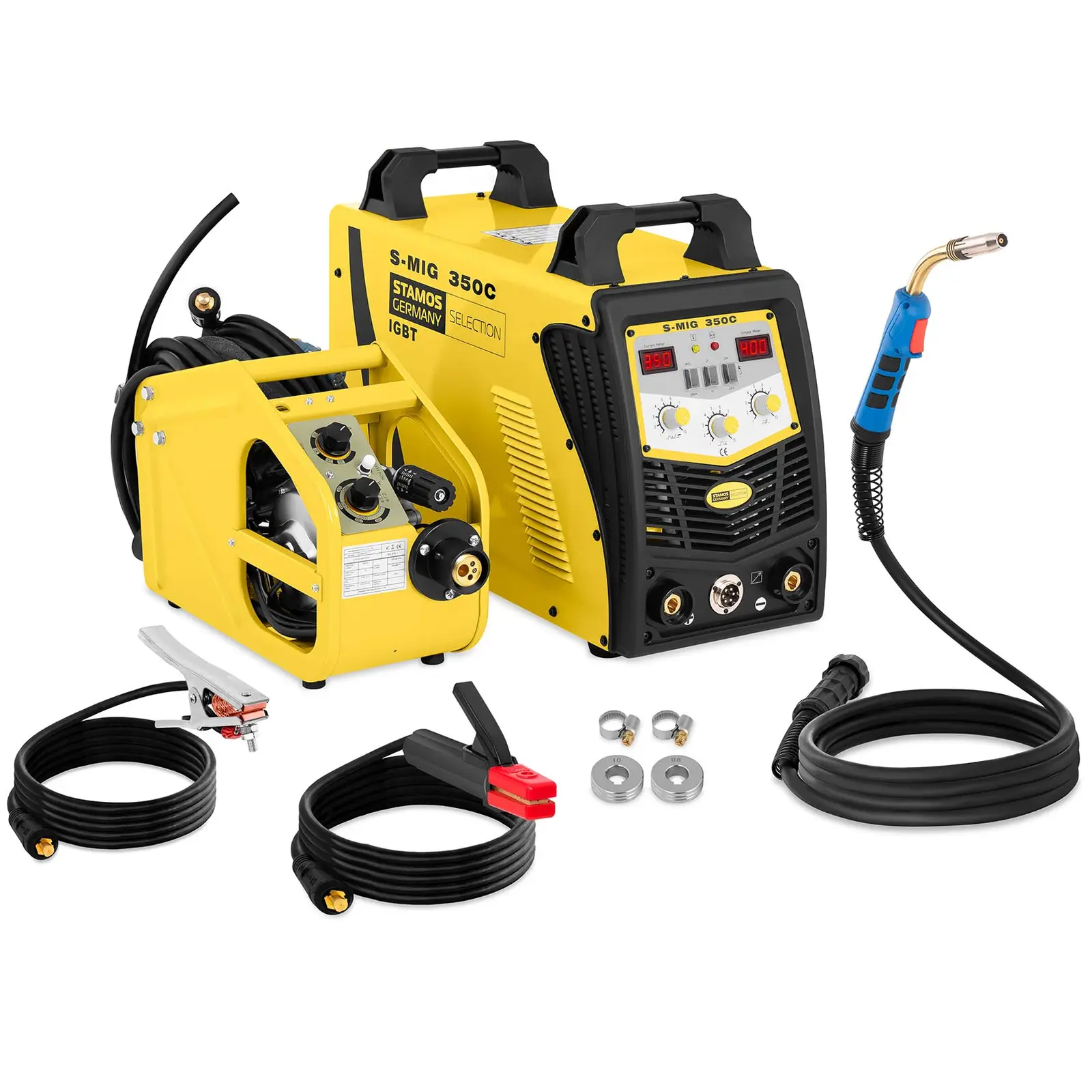



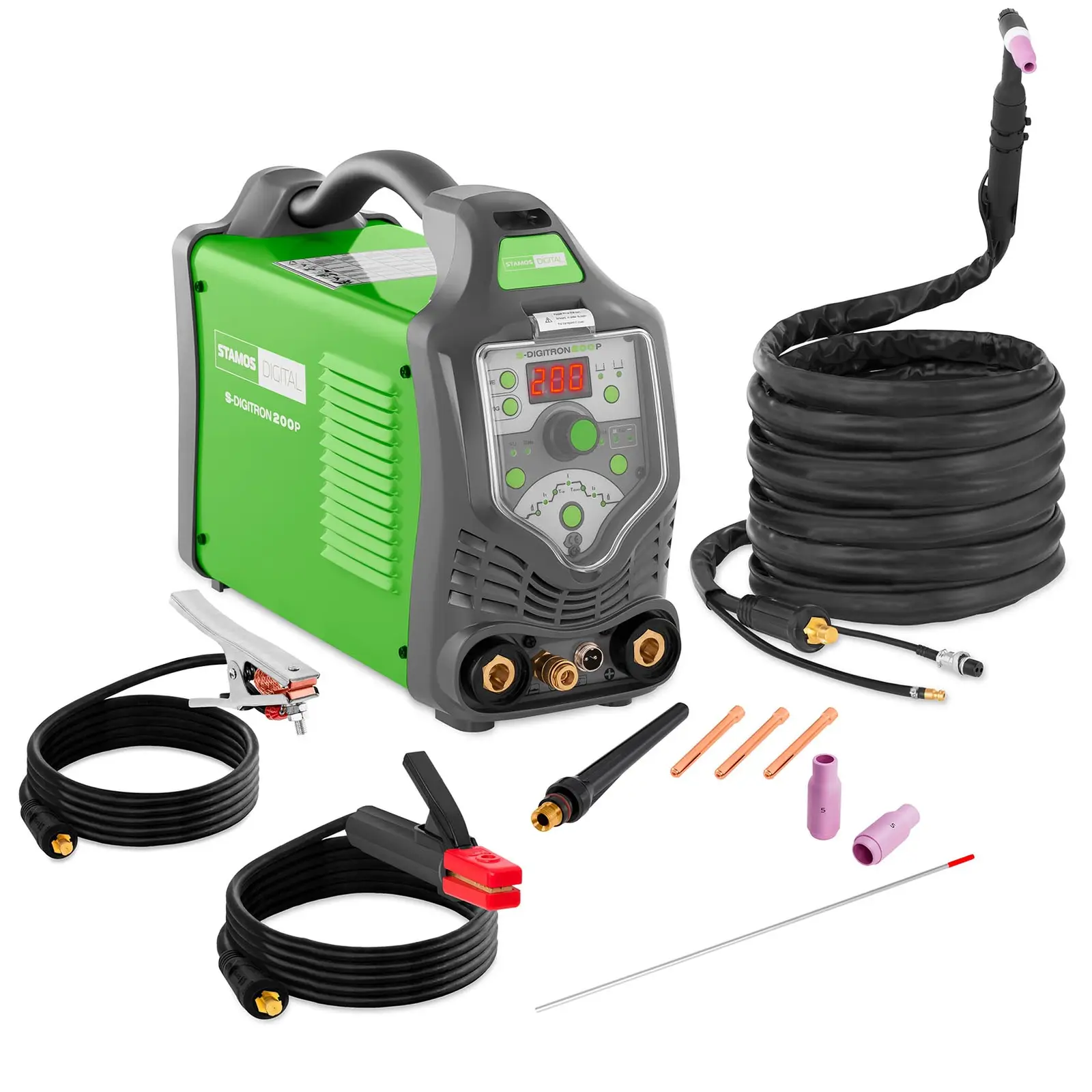
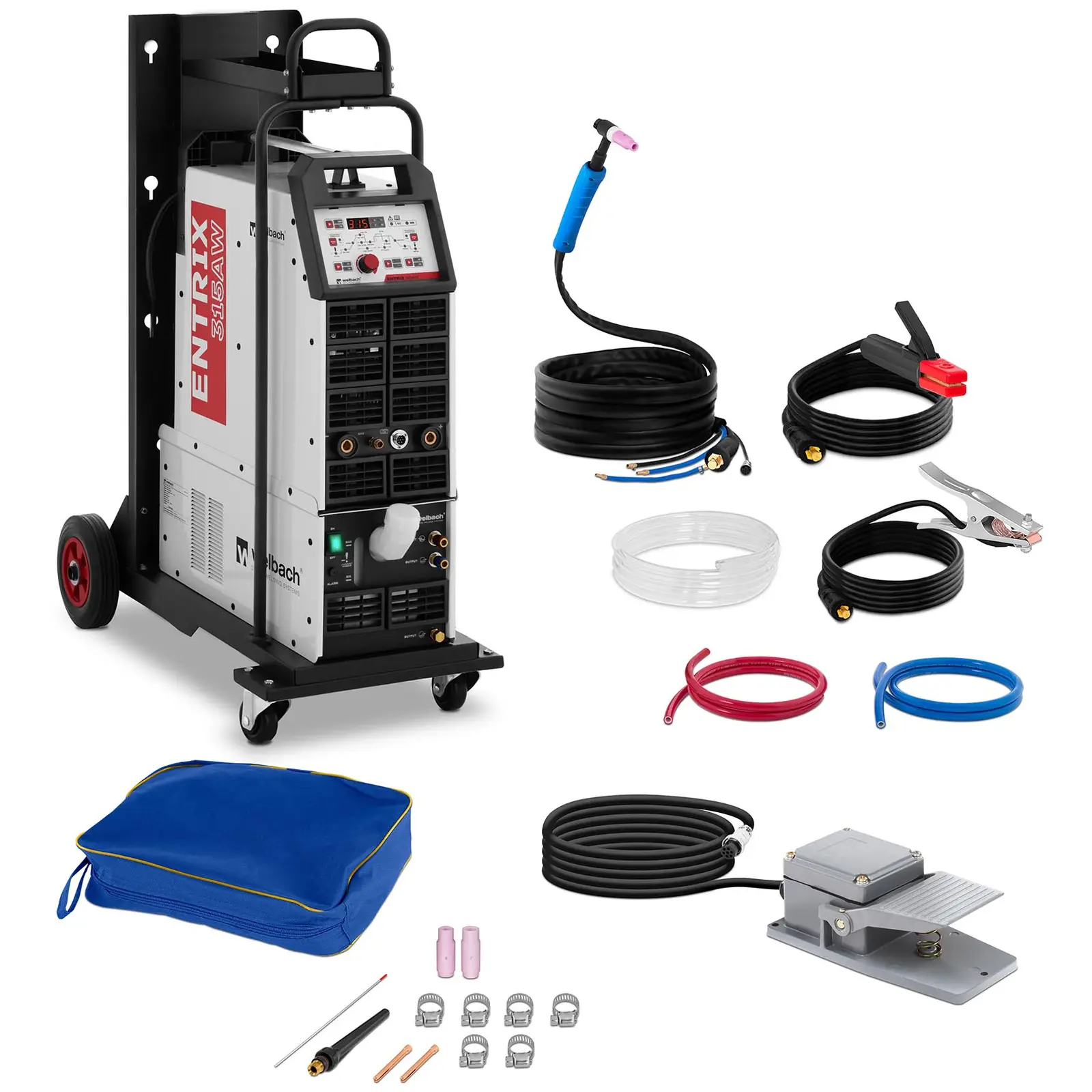
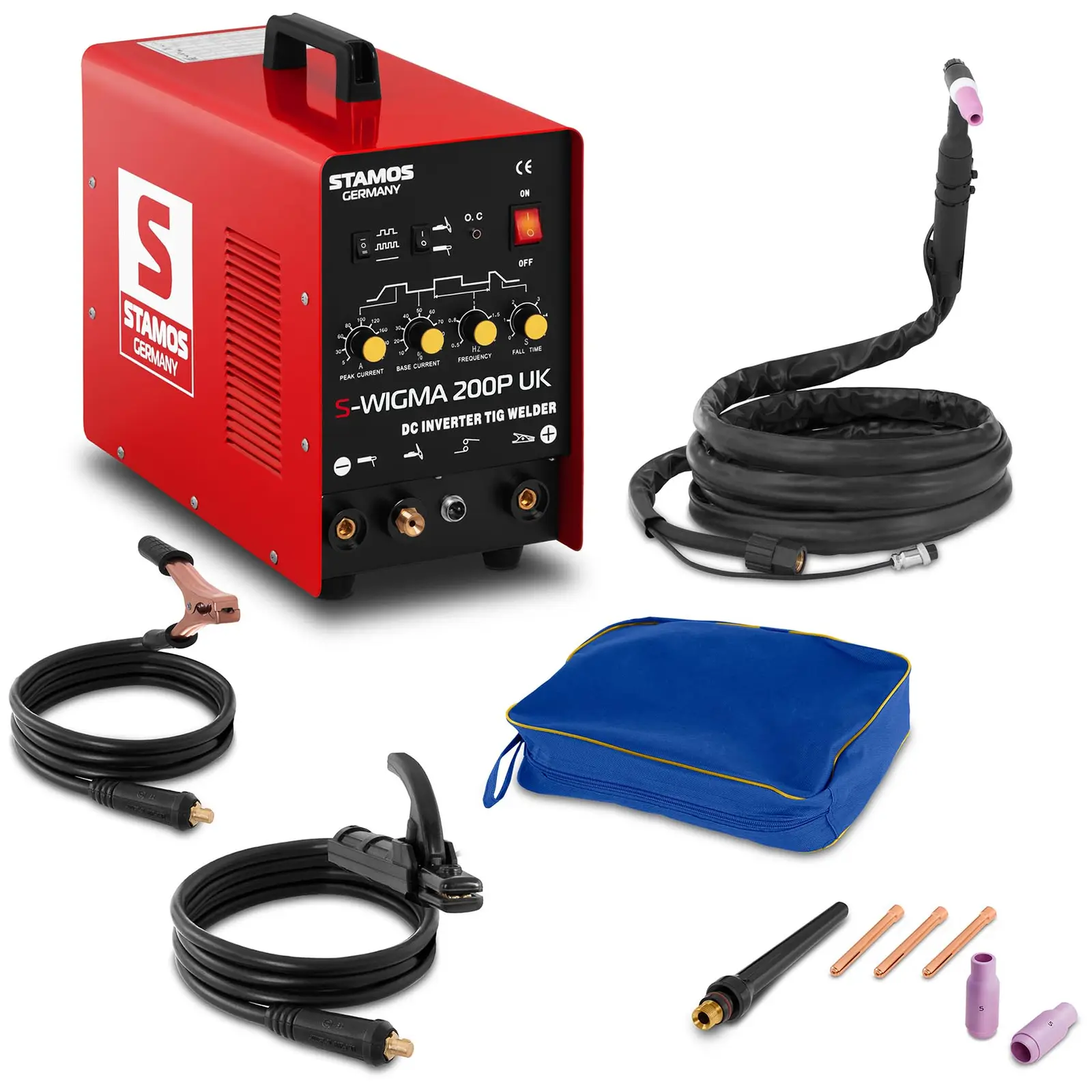

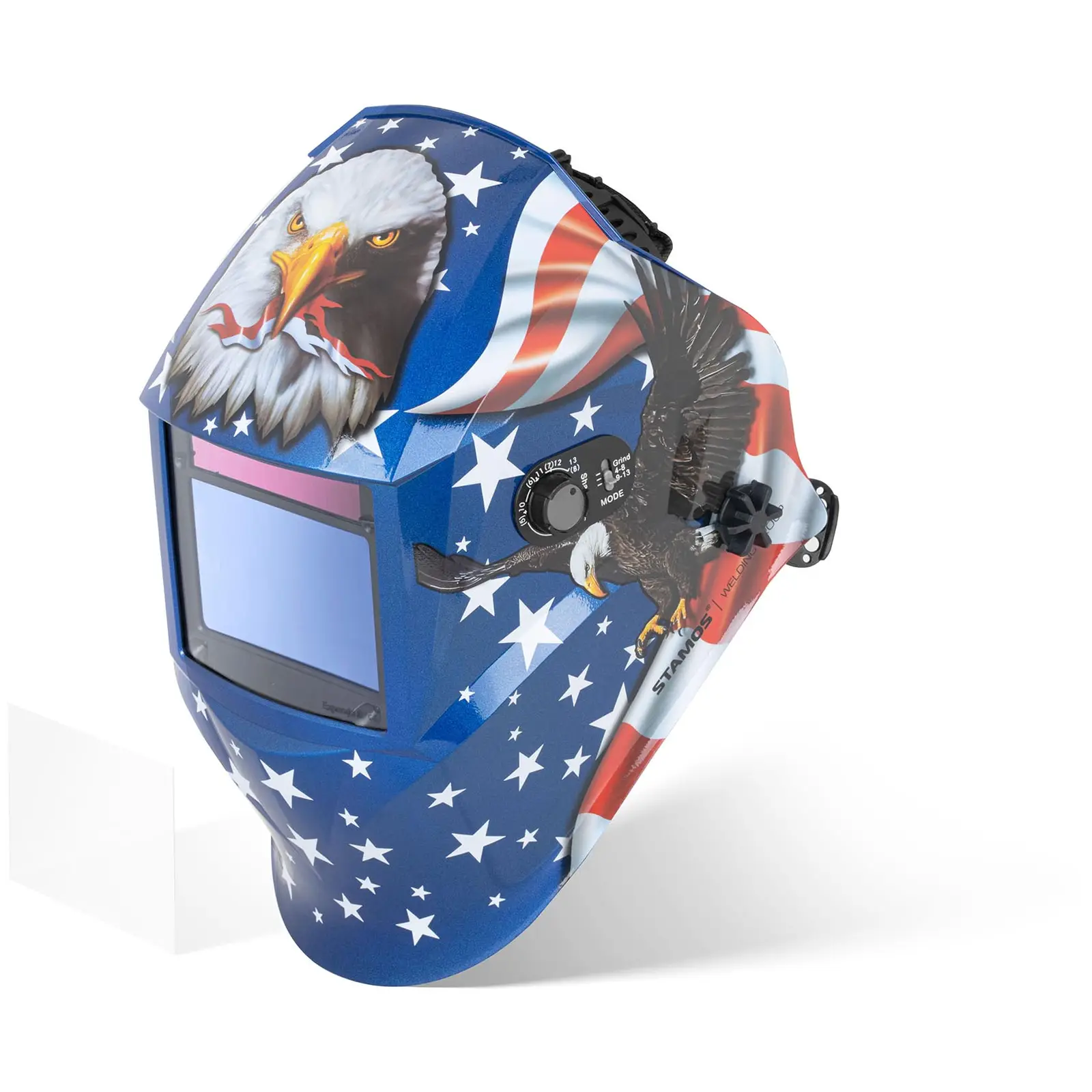
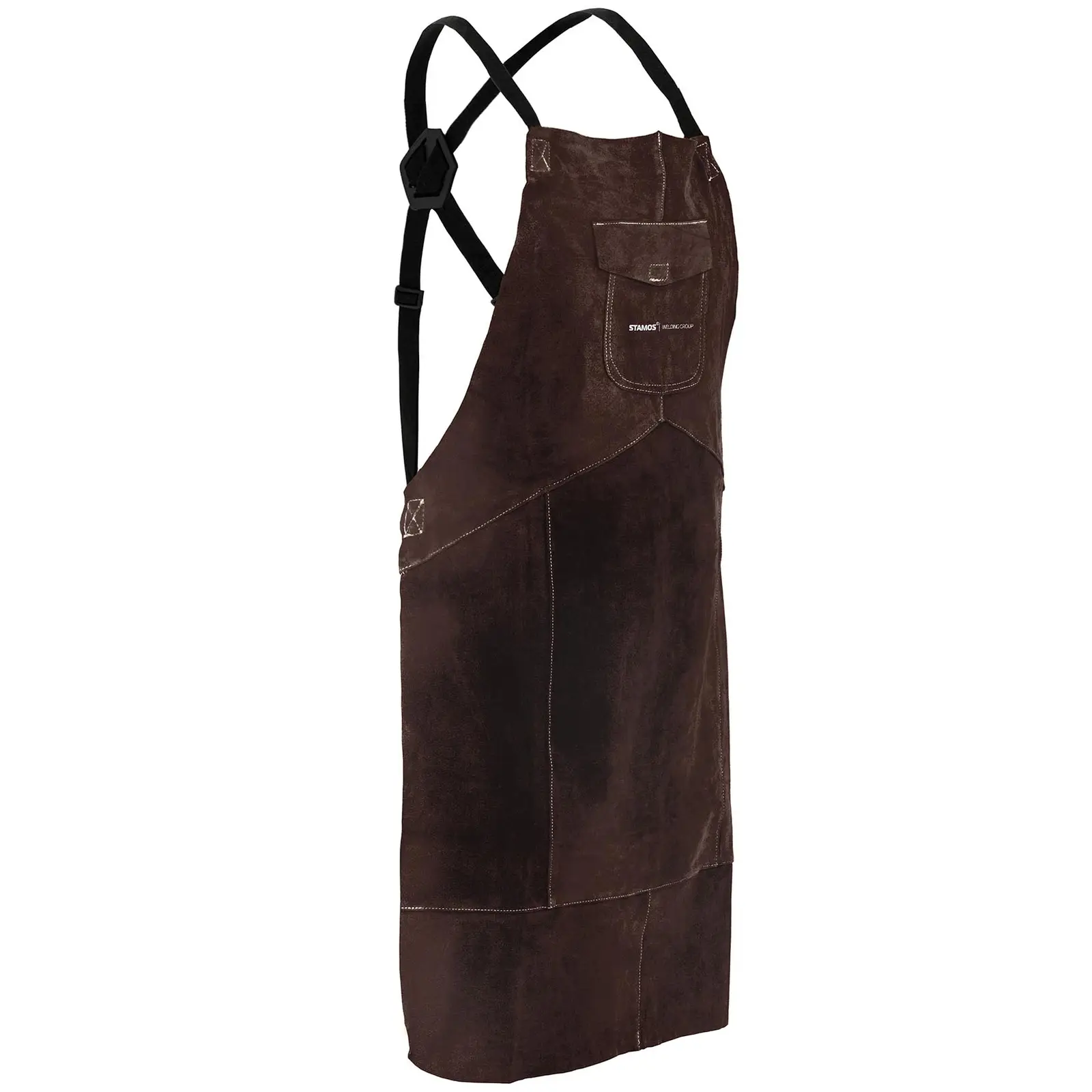

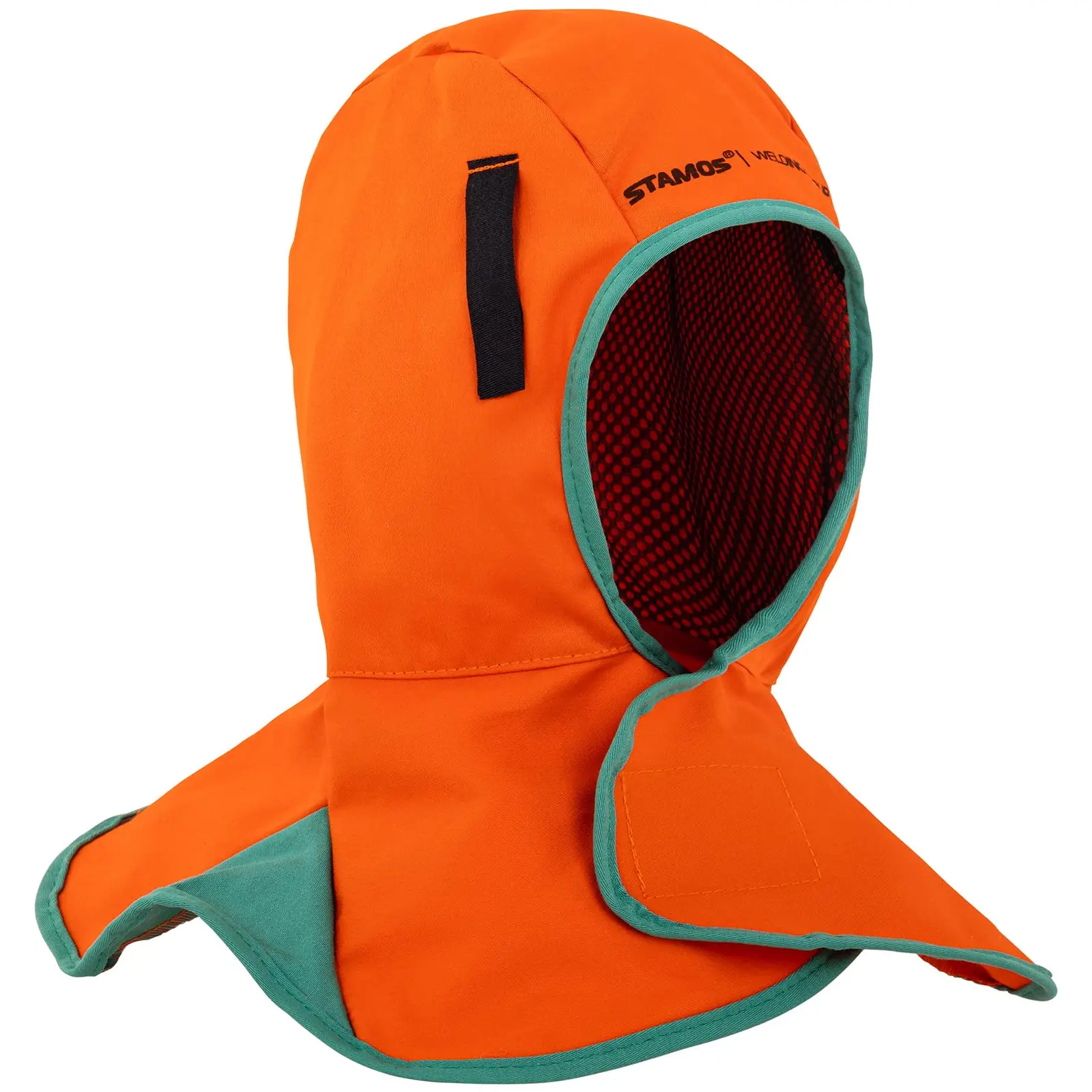
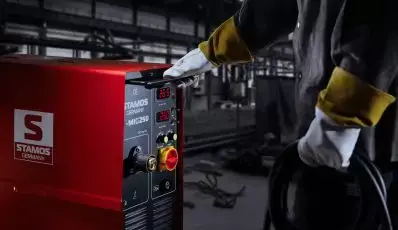
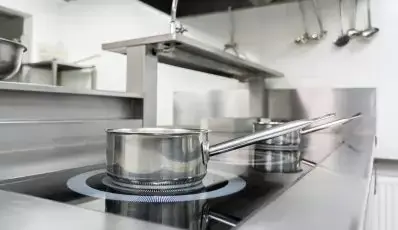
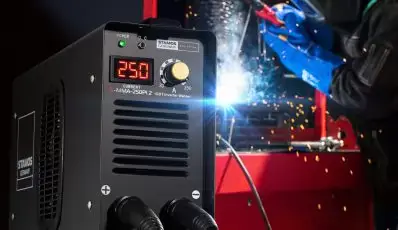
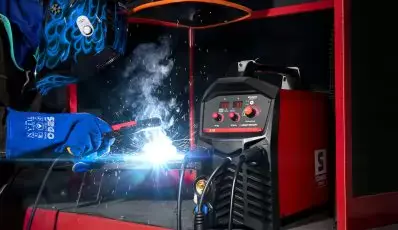

Share